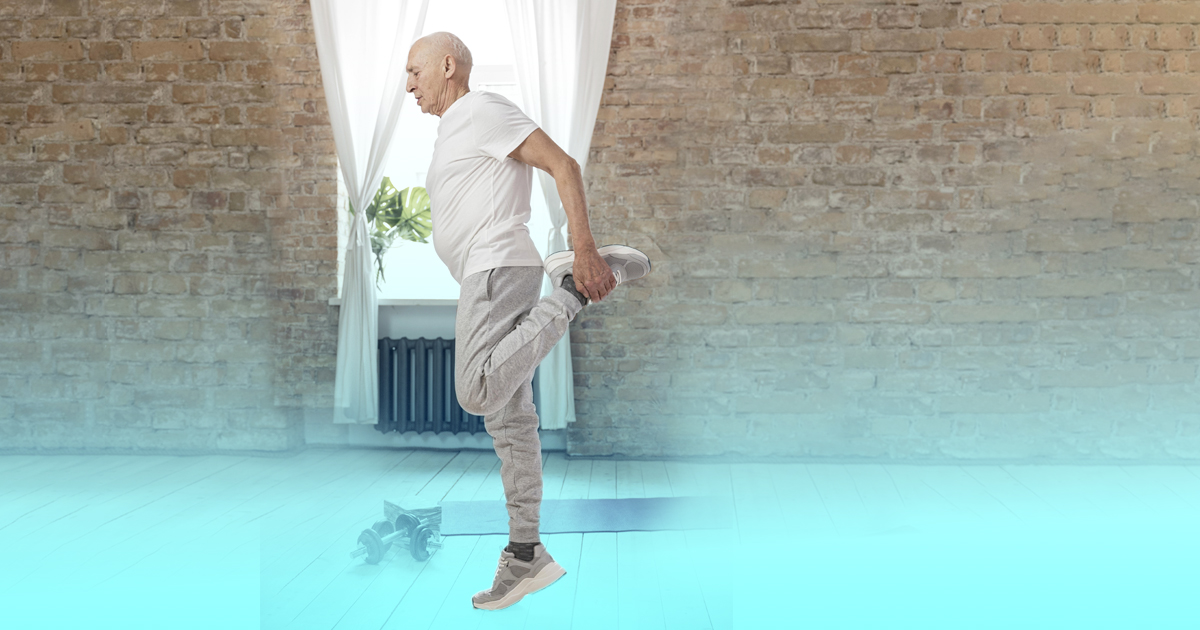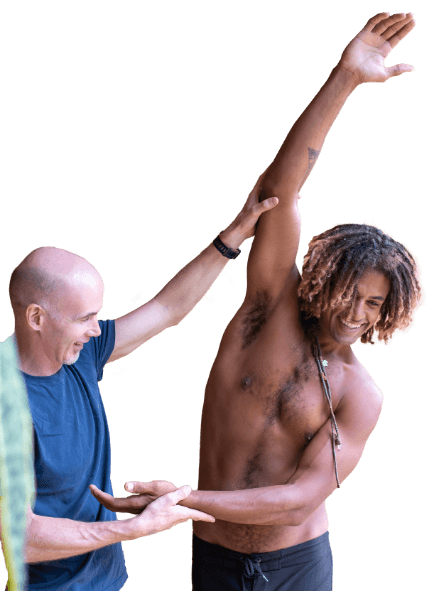
On a recent visit to see my elderly mother, I began to think about her risk of falling. Falls and fractures are significant health concerns for older adults, particularly those with osteoporosis. I’m sure you have heard stories, as I have, about an otherwise fit and healthy elderly person falling, losing their independence, and never quite recovering again.
One of my mentors once said that aging can be seen as a series of accidents or events, like torn muscles and fractures, that reduce function and which is never gained back.
However, the right strategies can significantly reduce the risk of falls and subsequent fractures. Here, I discuss effective measures based on best practices in geriatric care.
Osteoporosis is a major contributor to fractures among older adults. According to the Bone Health and Osteoporosis Foundation, about 10 million Americans have osteoporosis, and 44 million have low bone density. This makes bones more fragile and susceptible to fractures, even from minor falls. Women and men are both affected, with one in two women and one in four men experiencing an osteoporosis-related fracture in their lifetime.
When someone finds out they have osteoporosis, they are usually told to exercise a little more with some resistance or weight and given medication.
Common medications include bisphosphonates and denosumab, but these have risks, which include bone fracture and bone death, which is not really what you want from a medication that is meant to make bones stronger.
I don’t know if my mother has osteoporosis, given her age (86). She probably does, but the NHS in the UK isn’t an easy system to navigate, and we will not find out anytime soon.
However, balance is a trainable skill, and better balance can help prevent falls. How do we put that into practice?
1. Comprehensive Mobility Assessment:
We start with a thorough assessment of an older adult’s mobility, including evaluating gait and balance. This is where allied health professionals such as osteopaths, physios, chiros, and PTs play a crucial role. We can assess, identify deficits, and prescribe simple balance and mobility exercises to help a person improve.
These can be as easy as repeatedly getting someone to step forward and backward with one leg. This pivot-type movement involves strengthening and mobilizing the standing leg while challenging balance. One, this is easy for older adults. Different head or arm movements can be introduced to challenge more of the ‘kinetic chain’ and other proprioception.
2. Home Environment Modifications:
Simple changes at home can prevent falls:
3. Use of Assistive Devices:
Encouraging the use of walking aids, such as canes or walkers, can significantly reduce fall risk and provide a quick visual cue for others to watch out for. Education is critical, as some older adults may initially resist using these aids, feeling they signify a loss of independence. However, understanding that these devices can prevent falls and maintain mobility is crucial, and using an aid in unfamiliar environments can be very beneficial.
4. Medication Management:
Not only do we have to look critically at the medications for osteoporosis, but certain other medications can affect balance and coordination. It is essential to review all prescriptions, especially psychotropic drugs, with healthcare providers to adjust dosages or find alternatives that pose less risk.
5. Vision Care:
Regular eye exams and proper vision correction can help prevent falls. Poor vision can lead to missteps and accidents, so it’s critical to address any vision problems promptly. Lack of lighting and not wearing glasses can also be significant problems.
6. Addressing Medical Conditions:
Conditions such as postural hypotension (a drop in blood pressure when standing up), heart rate irregularities, and other chronic illnesses should be managed carefully. These conditions can contribute to dizziness and falls, so regular check-ups and tailored treatments are necessary.
7. Education and Awareness:
Educating older adults about fall risks and prevention strategies is vital. This includes understanding the unpredictability of falls and the importance of precautions like modifying environments, lighting, and the judicial use of aids.
Preventing falls and fractures in older adults requires a holistic approach that addresses physical, environmental, and medical factors. By following this simple framework and implementing practical measures such as mobility assessments, home modifications, and medication management, we can significantly reduce the risk of falls and enhance the quality of life for older adults. If you have elderly family members, make sure you work with them to keep them independent as they age.

Over the last 10 years Ed has been building a YouTube library to help people manage their own pain or movement limitations and increase performance through exercise. He regularly adds videos so be sure to subscribe and visit regularly


"Oh My Gosh- I am ALREADY feeling relief after a few days! I used to wake up 2-3 times a night with shooting pain that anti inflammatories couldn't touch. Now I have been waking up just because I want to notice what it feels like to lay in bed pain free- THANK YOU!."

"When I first started with your program I was experience a lot of pain. Walking was difficult. I had to stop and catch my breath every few minutes and lean against a wall for support. Now when I walk with my husband we go for over an hour. I never had to sit down and stop...and, hardly any pain!!! 😊😊 I can’t thank you enough."
Frustrated that you aren't recovering fast enough?
Discover how to heal from illness and injury using movement, food and lifestyle.